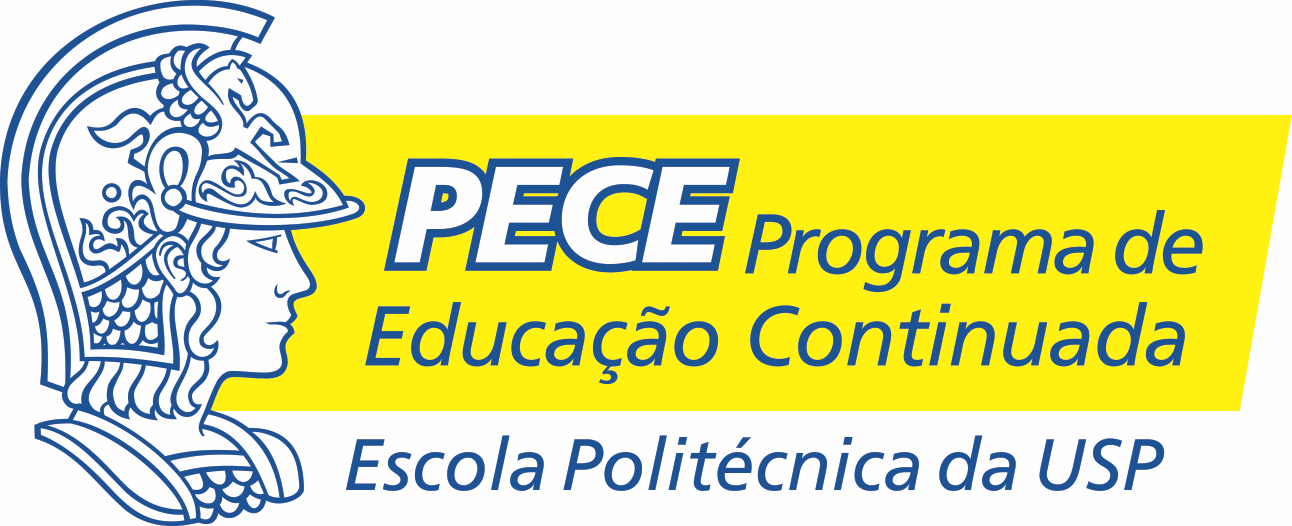Museum of Zoology
The Museu of Zoology of the University of São Paulo houses one of the world’s largest collections of Brazilian animals, which is used for research that is traditional and, paradoxically, increasingly contemporary. Added to USP in 1969, its main activity is to give identity to natural beings known as species. Its collection serves as base for the identification of species by national and foreign researchers. Taxonomy has undergone major changes throughout history. New paradigms such as the evolutionary theory changed its descriptive discipline profile to analytical. New technologies, such as molecular biology, have offered new data for establishing hypothesis that aim at recognizing new species. However, what makes this subject central to us is the current biodiversity crisis.
With over seven billion people living in our planet, natural environments suffer a huge pressure; in view of this urgent matter, our mission is to interpret diversity before its extinction. Taxonomy is in the center of the most important issues of the 21st century: to describe and study species to try to mitigate human actions that cause their disappearance: knowledge at the service of preservation.
VERBETES
Peixe Macunaíma
Thousands of identities
Flock of discoveries
Tell me what you eat and I will tell you who you are
Tell me how you act and I will tell you who you are
Multiple forms, one single identity
Identity and preservation
That's not all...
***
Macunaíma fish: hero with no character :top:
In 2003, the US National Science Foundation funded an ambitious project to increase knowledge on catfishes of the world. This was the first species described by the Ichthyology laboratory researchers after an expedition to Araguaia River and it became our hero. Species are usually described for having some particular feature. This one presents a unique combination of features that, together, only occur in this precise species. It was named Ituglanis macunaima: hero without (taxonomic) character, based on the character created by Mario de Andrade that had the characteristics of a child, making an allusion to how the adults of this species look like.
Thousands of identities :top:
The challenge of describing biodiversity is not proportional among all groups of organisms. A British geneticist said: If God exists, he has a disproportional preference for beetles. This is due to the diversity and abundance of these insects in nature. Working with widely varied groups makes the task of describing the species much more challenging. The story of Prof. Ubirajara Martins de Souza is emblematic. Working in the MZ since 1959, he has described nearly 2,000 species of longhorn beetles (Cerambycidae family). His contribution for the current knowledge about this group, which has 35,000 known species, is remarkable.
Flock of discoveries:top:
We may consider common the description of thousands of new species of insects, but we are always surprised when new species of mammals or birds are identified. In addition to being less diverse, larger animals do not remain unnoticed, except when located in remote regions of the planet. So, a 2013 study drew international attention: it described 15 new species of Amazonian birds. The curator of the Ornithology collection – one of the world’s largest collections of Brazilian birds – participated in this discovery.
Tell me what you eat and I will tell you who you are:top:
The interest in biodiversity is often associated to how we use it. Some species have commercial value and knowing them is crucial for food safety, public health or for the industry. Oysters are much appreciated as food and should have been well known by us for a long time. A study conducted in 2014 by the Malacology researchers showed us that the identity of the most consumed oyster in Brazil had not yet been solved. Now we know that the species we eat are Cassostrea brasiliana and Cassostrea mangle, not the Caribbean Cassostrea rizophorae.
Tell me how you act and I will tell you who you are:top:
Animal behavior is also part of the identity of species. Worker ants of the Cephalotes specularis species imitates the attitude and the form of the Crematogaster amplae species and steal its food resources, and also receives its territorial protection. The C. specularis ants also produce pheromone similar to that produced by the species they imitate. In 2014, the MZ researchers described the behavior of these species of the Cerrado that is known as a form of social parasitism. Individuals of a species living resources of other species by tricking the host colony by means of a sophisticated biological farce.
Multiple forms, one single identity:top:
The complexity in the identification of a species increases when the males and females are too different from one another and when the same individual undergoes different stages of development. In the case of butterflies both challenges are present. In 2009, our Lepidoptera curator published a study using the laboratory breeding of two similar species (Calycopis bellera and Calycopis janeirica) to correctly identify these butterflies and make the correct association between males and females.
Identity and preservation :top:
The Atlantic Forest is a hotspot: with up to 8% of global biodiversity and high level of endemism, it has only nearly 12% of its original area. A study of the Isoptera laboratory on the species of termites that occur in its area identified 87 species of which half were entirely new for science. The study showed that these animals, which eat wood in different states of decomposition and/or forest soil, depend on temperature and because of it when closer to the north they are most diverse and abundant. This study should guide conservation measures considering the importance that termites have to soil formation.
That's not all...:top:
The description of species is one of our main activities. It justifies the continued training of researchers in this field which start their learning process in undergraduate stage and remain in the institution for many years. The demand for knowledge is huge. In Diptera laboratory, for example, an entirely unknown family of flies with 300 new species will be described! New lobsters and crabs, new fish, not to mention beetles ... This is a small sample of the new species planned for publication in 2015.
© 2015 Museu de Arte Contemporânea da Universidade de São Paulo



